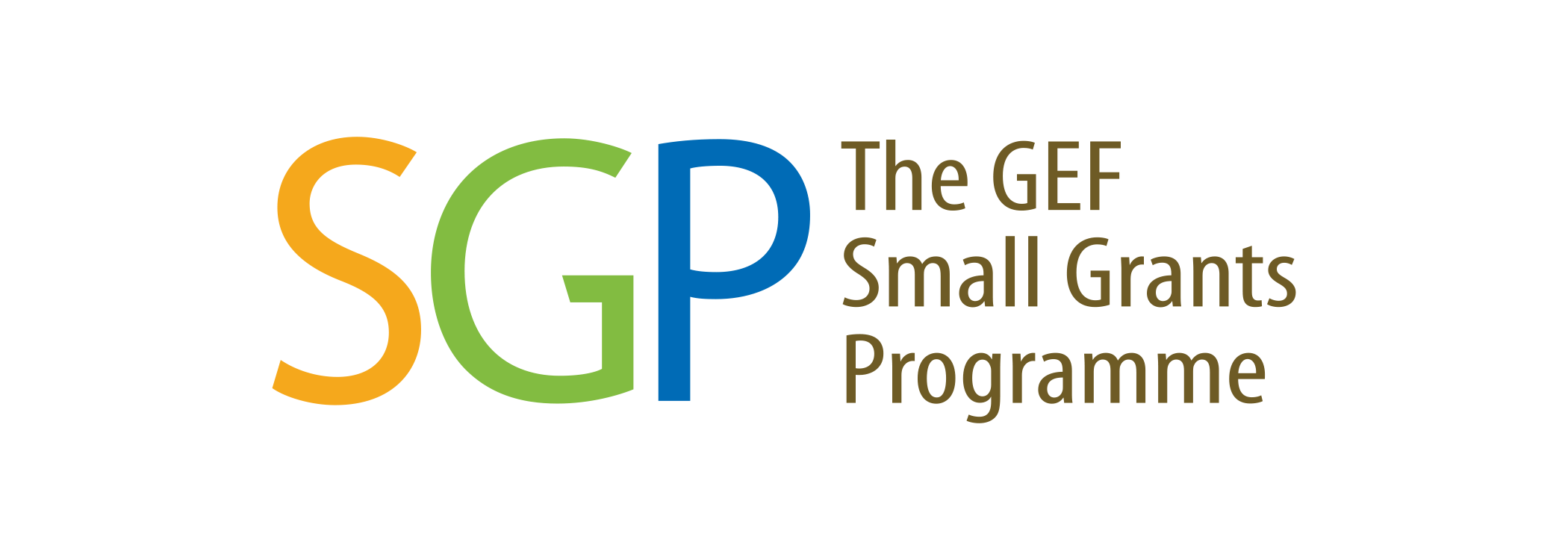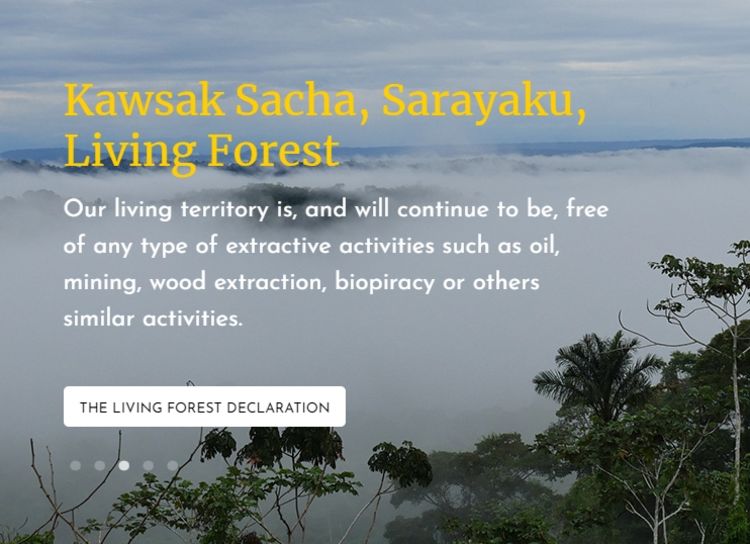The Living Forest
Innovative conservation efforts of the Kichwa people of Sarayaku earn the Equator Prize 2021
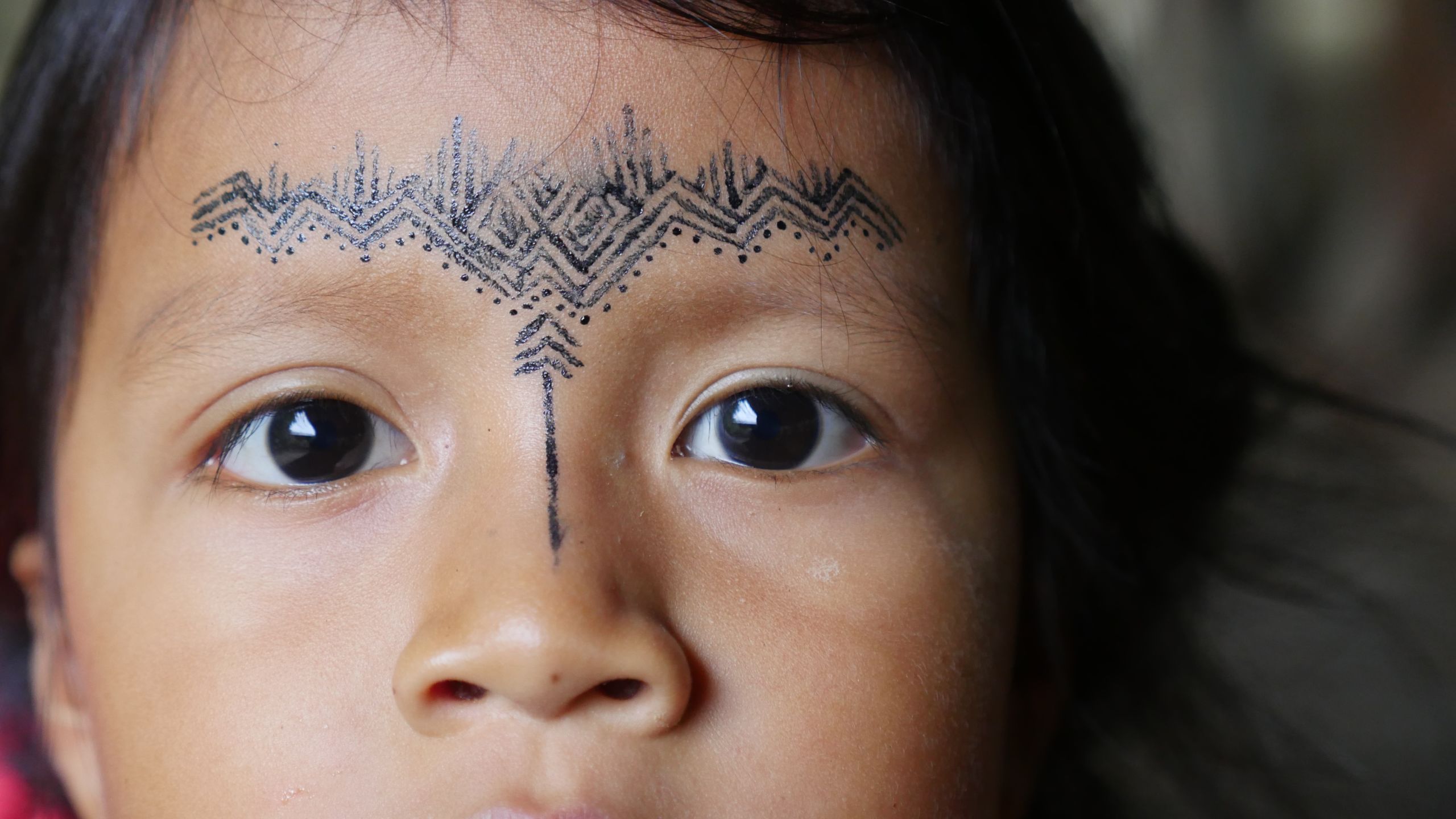
Deep in Ecuador’s Amazon rainforest, accessible only by boat or plane, the Kichwa people of Sarayaku are advocating for Indigenous rights and protecting their ancestral territory.
They are pursuing a sustainable lifestyle that sees nature not merely as a resource, but as a living and sacred entity worthy of legal rights and protection.
“We work to reinforce ancestral wisdom and knowledge so that our history and identity live on and become stronger. From this, we also propose alternative solutions to the climate crisis, as well as to the social, economic, cultural, and territorial problems that Indigenous peoples experience every day.”
Indigenous peoples have been contributing to nature conservation in diverse and sustainable ways for centuries.
As a result, they have built a rich repository of traditional knowledge that can serve as a source of innovation to initiate local actions that provide nature-based solutions for the multiple global crises that we are facing today:
climate change, biodiversity loss, and the global pandemic.
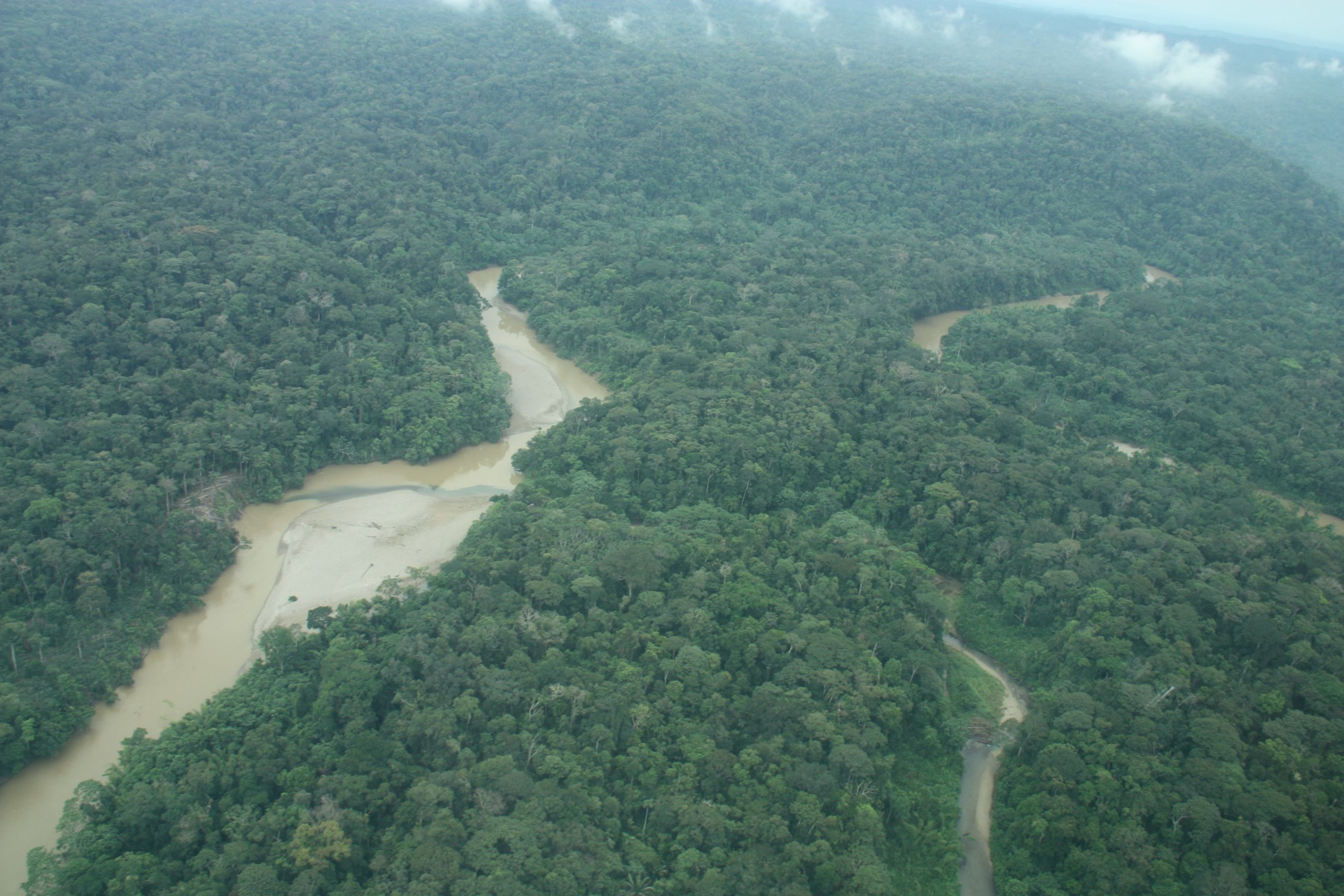
José Gualinga
José Gualinga
Kawsak Sacha
After decades of facing industrial development pressures, in 2018 the Kichwa people of Sarayaku took a historic step when they travelled to the Ecuadorian capital of Quito to officially present their Kawsak Sacha, or Living Forest Declaration, which recognizes the forest as a living and conscious being, endowed with universal rights.
The declaration asks for national and international recognition of a new legal category for the permanent protection of Indigenous lands, free of industrial extraction and with policies for sustainable hunting, fishing, agriculture, housing, transportation, and traditional medicine.
“Kawsak Sacha is a proposal that comes from the deepest knowledge of the forest and nature. It launches into the world a vision of global responsibility towards the protection of nature and the Amazon.”
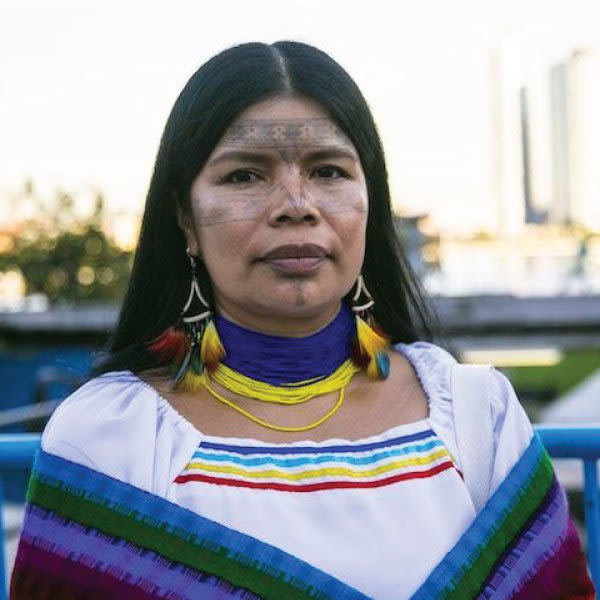
Patricia Gualinga, a leader of the Kichwa people of Sarayaku. Photo: International Rights of Nature Tribunal.
According to the Kichwa people of Sarayaku, Kawsak Sacha is the primary source of Sumak Kawsay, a concept that can be translated as “good living”.
By emphasizing the intrinsic physical and spiritual relationship between people and all other beings that inhabit the Living Forest, the declaration presents an ancient yet innovative way of life in harmony with nature that goes beyond traditional views of development and conservation.
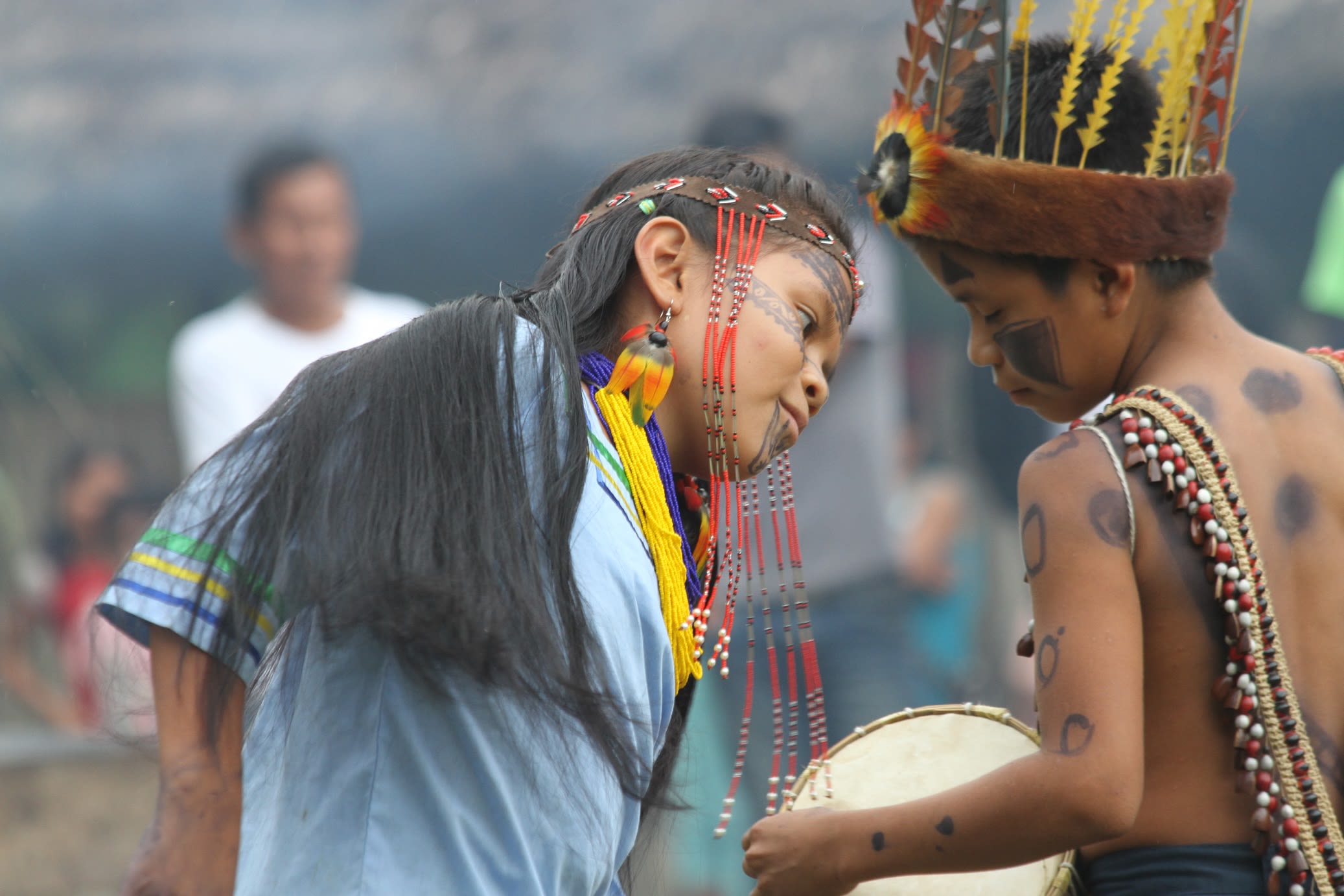
Tayak Wasi school event. Photo: Pueblo Originario Kichwa de Sarayaku.
This represents a truly nature-based solution initiated by Indigenous peoples and local communities that could play a key role in tackling climate change and achieving the ambitious Sustainable Development Goals, as well as other important global agreements.

Patricia Gualinga, a leader of the Kichwa people of Sarayaku. Photo: International Rights of Nature Tribunal.
Patricia Gualinga, a leader of the Kichwa people of Sarayaku. Photo: International Rights of Nature Tribunal.

Tayak Wasi school event. Photo: Pueblo Originario Kichwa de Sarayaku.
Tayak Wasi school event. Photo: Pueblo Originario Kichwa de Sarayaku.
The theme of this year’s International Day of the World’s Indigenous Peoples is “Leaving no one behind: Indigenous peoples and the call for a new social contract.”
The idea of a ‘social contract’ – an agreement among members of a society to cooperate for the benefit of all – dates back centuries. What is new, however, is an emerging mainstream understanding of the vital role Indigenous peoples play in providing benefits to all humanity.
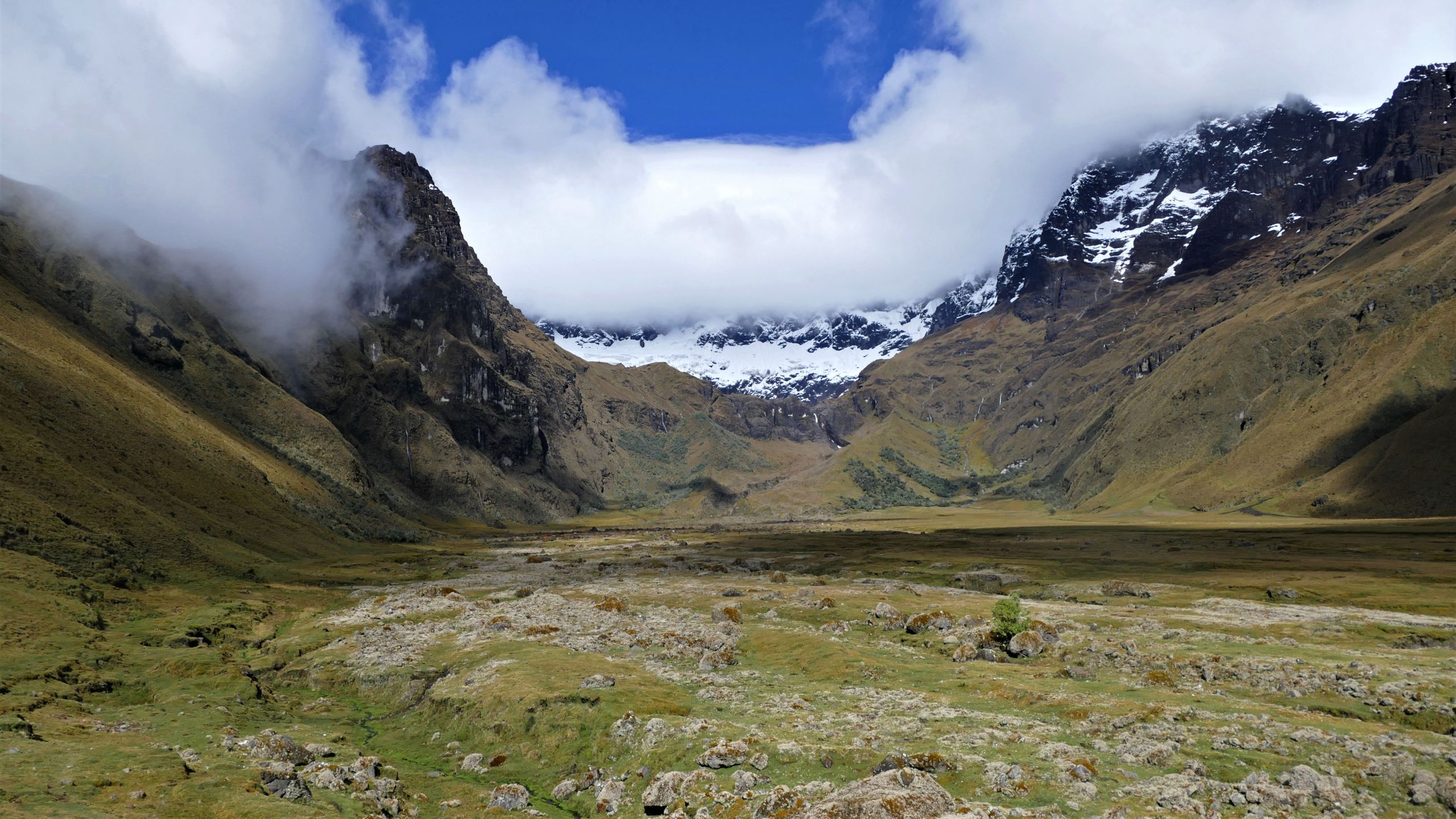
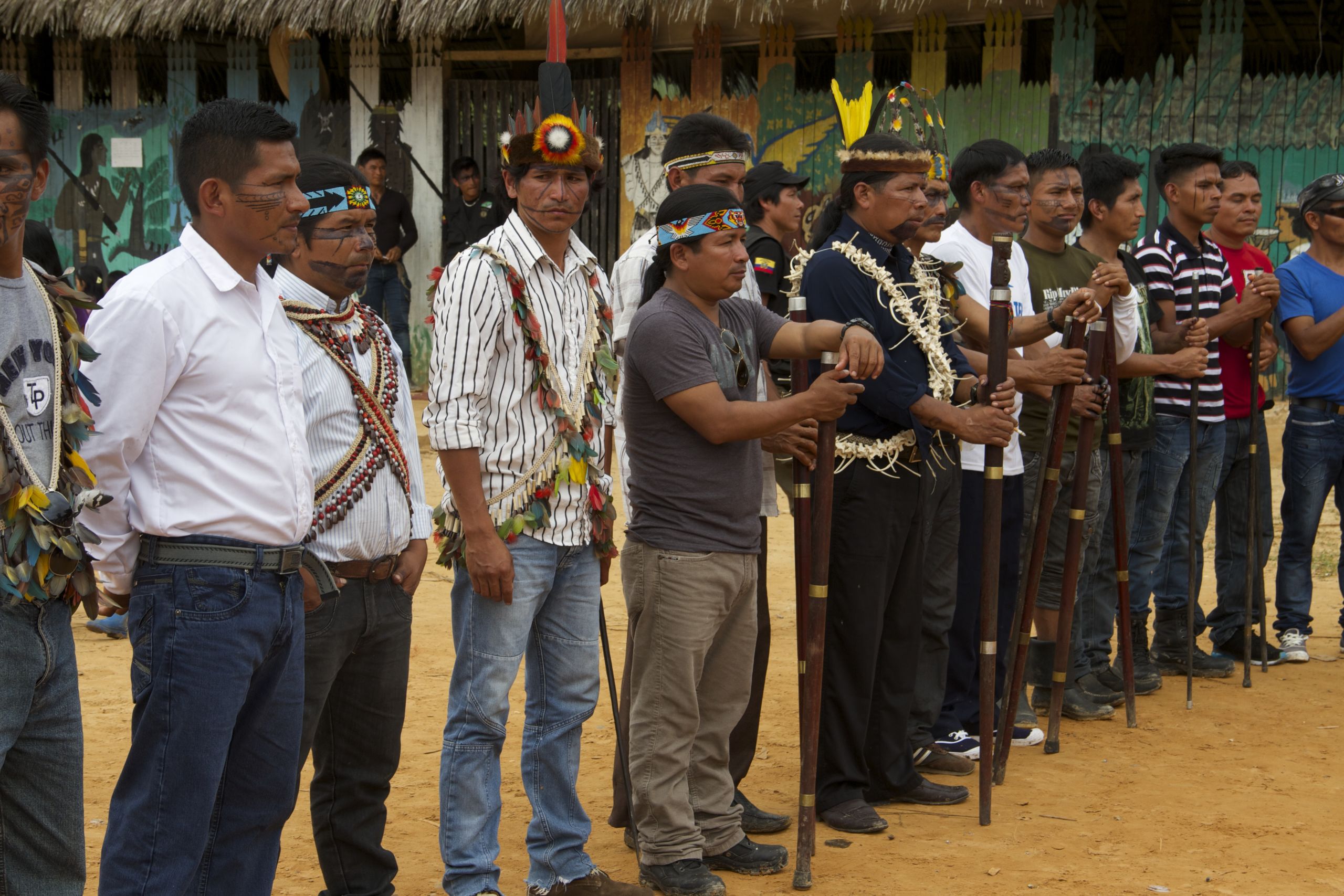
Leaders of the Sarayaku. Photo: Pueblo Originario Kichwa de Sarayaku.
Leaders of the Sarayaku. Photo: Pueblo Originario Kichwa de Sarayaku.
Celebrating local action
In July 2021, the Kichwa people of Sarayaku were awarded the United Nations Development Programme's prestigious Equator Prize in recognition of their decades-long efforts to protect their territory and their advocacy for Kawsak Sacha – a concept and logic with global relevance.
The Equator Prize recognizes innovative nature-based solutions for local sustainable development that address biodiversity loss and our climate crisis. The Sarayaku were selected by an independent Technical Advisory Committee as one of 10 winning communities from over 600 nominations.
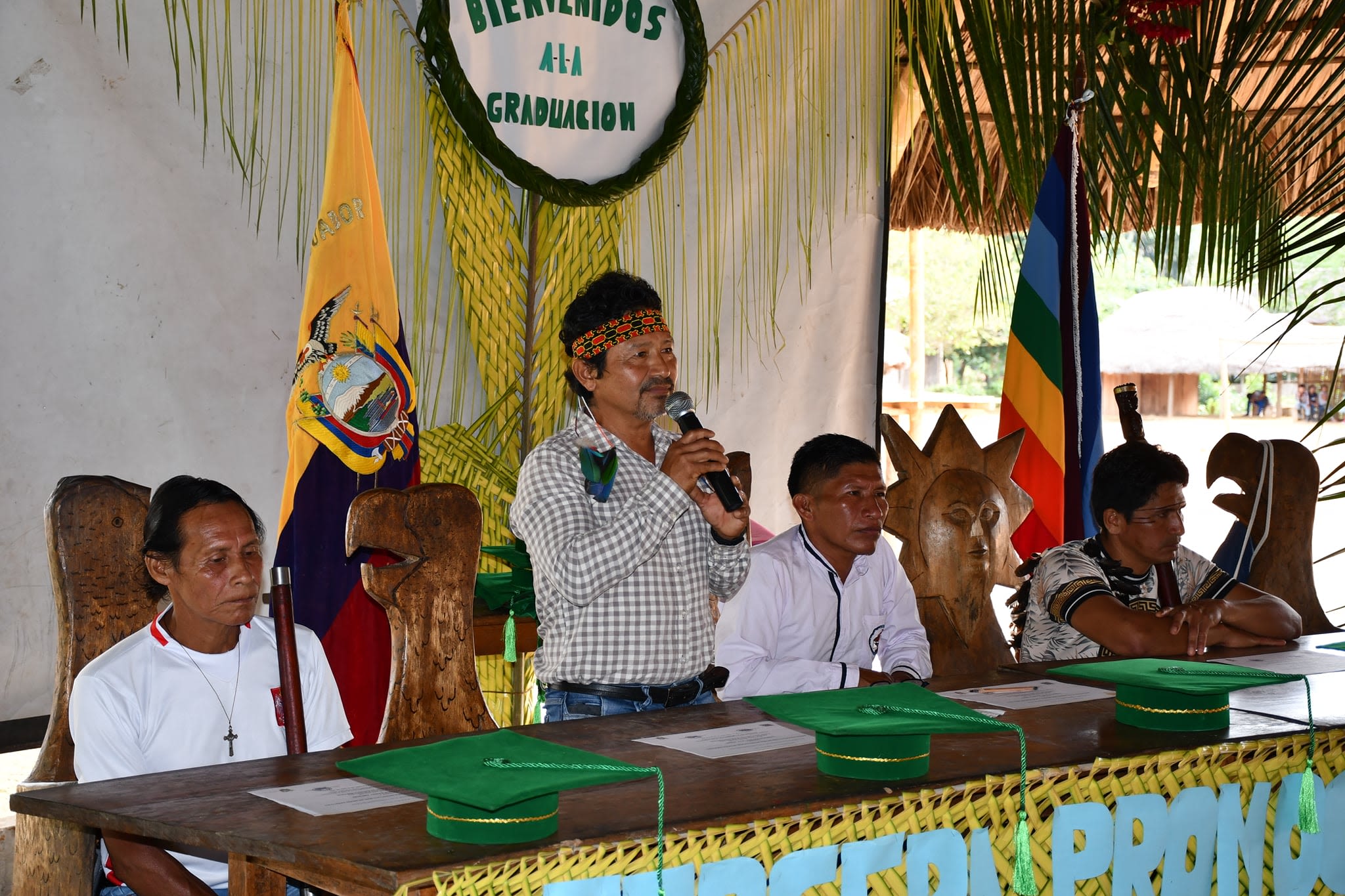
Photo: Pueblo Originario Kichwa de Sarayaku.
The prominent Indigenous rights advocacy by the Kichwa people of Sarayaku has also earned them the support of the Global Environment Facility’s (GEF) Small Grants Programme (SGP), which is implemented by UNDP. Since 2018, SGP has been assisting them through a rights-based approach to promote biodiversity conservation, sustainable livelihoods, and resilience to climate change.
The project has been supported by the Global Support Initiative for Indigenous Peoples and Community-Conserved Territories and Areas (ICCA-GSI), a partnership with the Global ICCA Consortium, the United Nations Environment Programme’s World Conservation Monitoring Centre and the International Union for Conservation of Nature, with funding from the Federal Ministry for the Environment, Nature Conservation and Nuclear Safety of the Government of Germany.
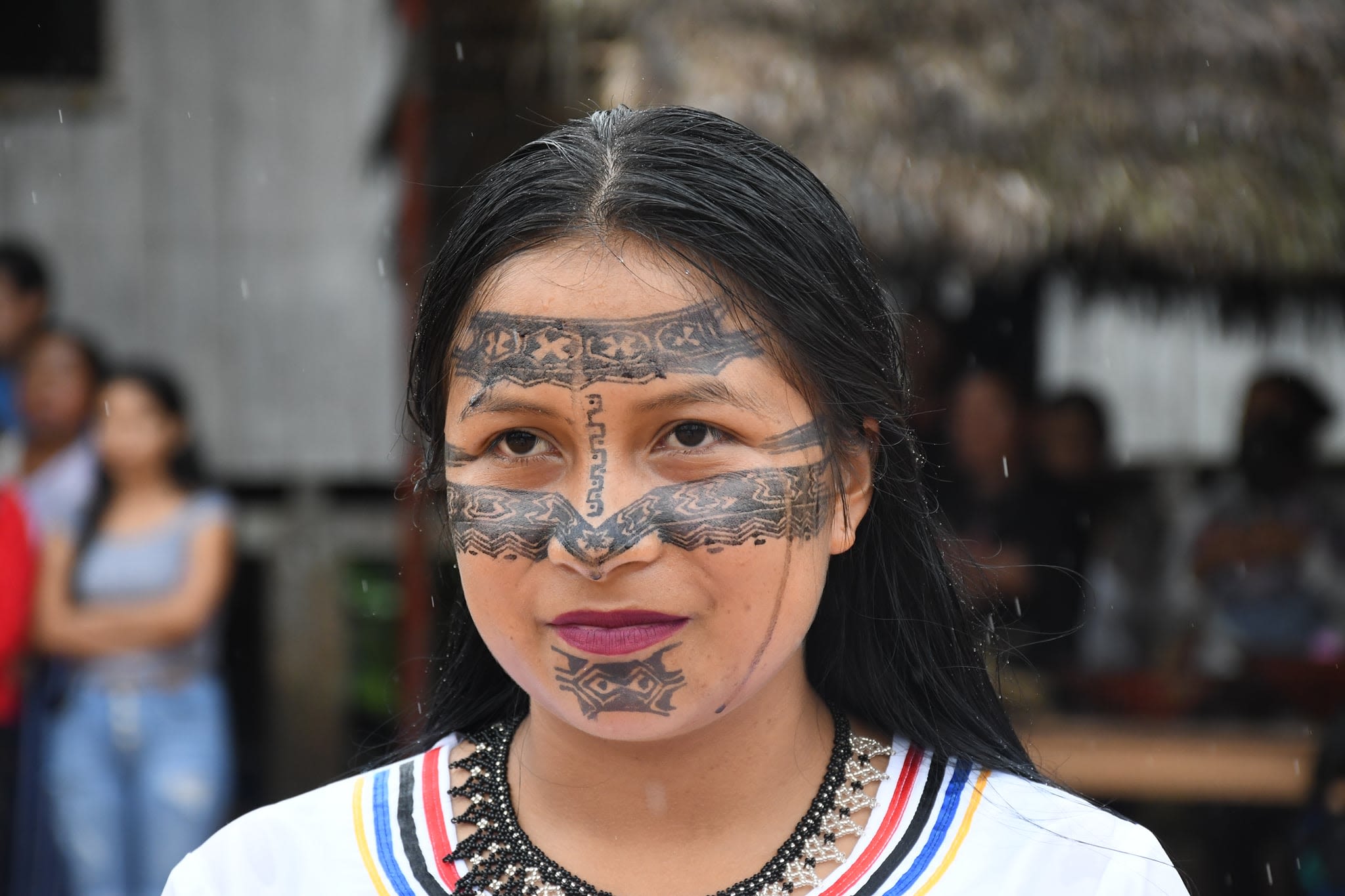
Photo: Pueblo Originario Kichwa de Sarayaku.
The aim of ICCA-GSI is to improve the recognition and overall effectiveness of territories and areas conserved by Indigenous peoples and local communities, also known as ‘territories of life’ or by the abbreviation ICCA.
In Ecuador, SGP strengthened the capacities of Indigenous peoples and local communities in Sarayaku and six other ICCAs, in partnership with the Latin American Association for Alternative Development, a local NGO.
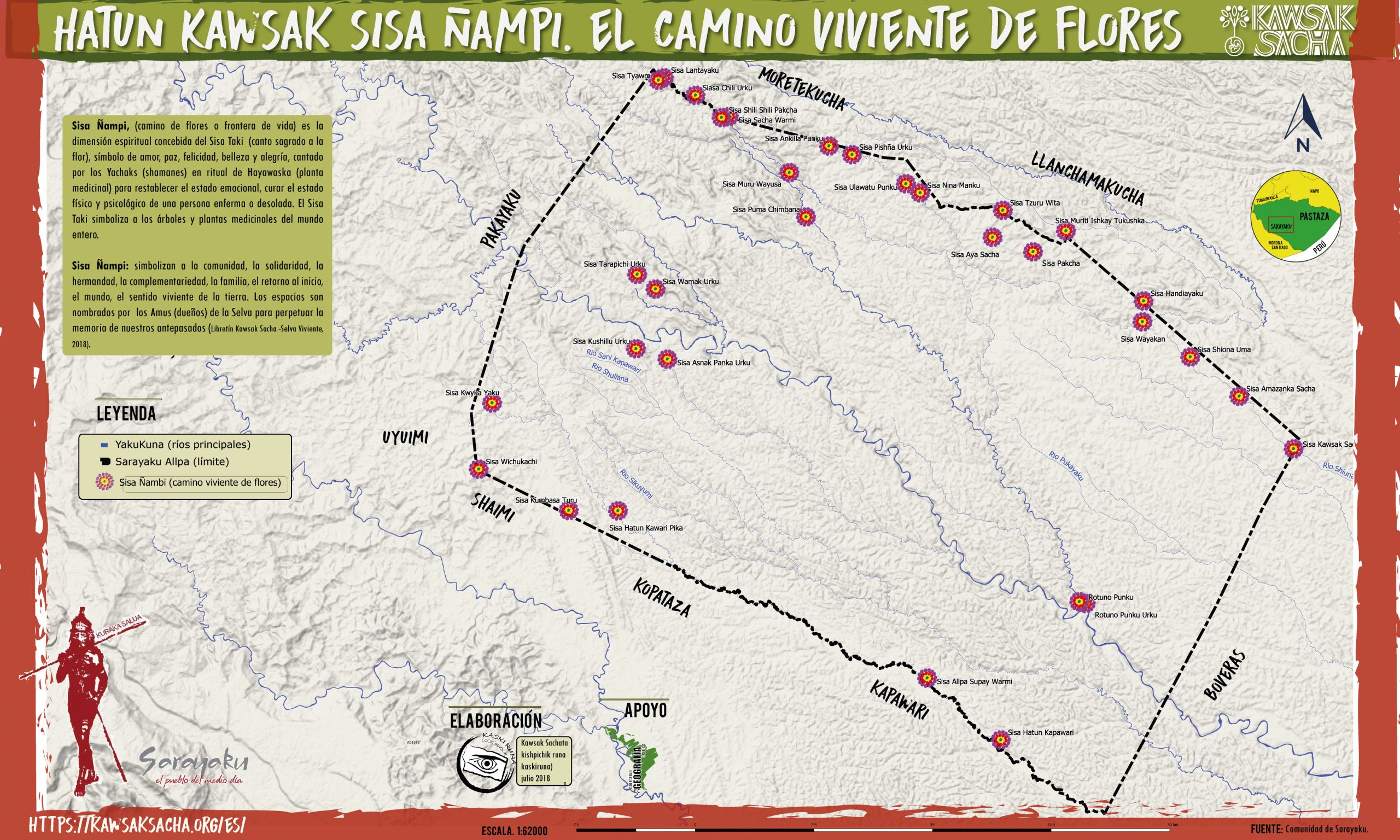
Map of the Life Frontier. Photo: Pueblo Originario Kichwa de Sarayaku.
The project supported the creation of a national ICCA network, whose members received training from SGP on strategic communications, the registration process for the global ICCA Registry and the World Database for Protected Areas, and the mobile app Mapeo, which facilitates the sharing of information with the two databases. The network also received guidance on how Indigenous peoples and local communities can reflect on their needs to strengthen their territories of life on their own terms and develop proposals to request external support for priority actions identified.
In January 2020, the Kichwa people of Sarayaku met all the requirements to complete the registration of their ICCA on both databases, a feat that has significant political relevance as it demonstrates the key role of Indigenous peoples and local communities in protecting biodiversity and essential ecosystems.

Photo: Pueblo Originario Kichwa de Sarayaku.
Photo: Pueblo Originario Kichwa de Sarayaku.

Photo: Pueblo Originario Kichwa de Sarayaku.
Photo: Pueblo Originario Kichwa de Sarayaku.

Map of the Life Frontier. Photo: Pueblo Originario Kichwa de Sarayaku.
Map of the Life Frontier. Photo: Pueblo Originario Kichwa de Sarayaku.
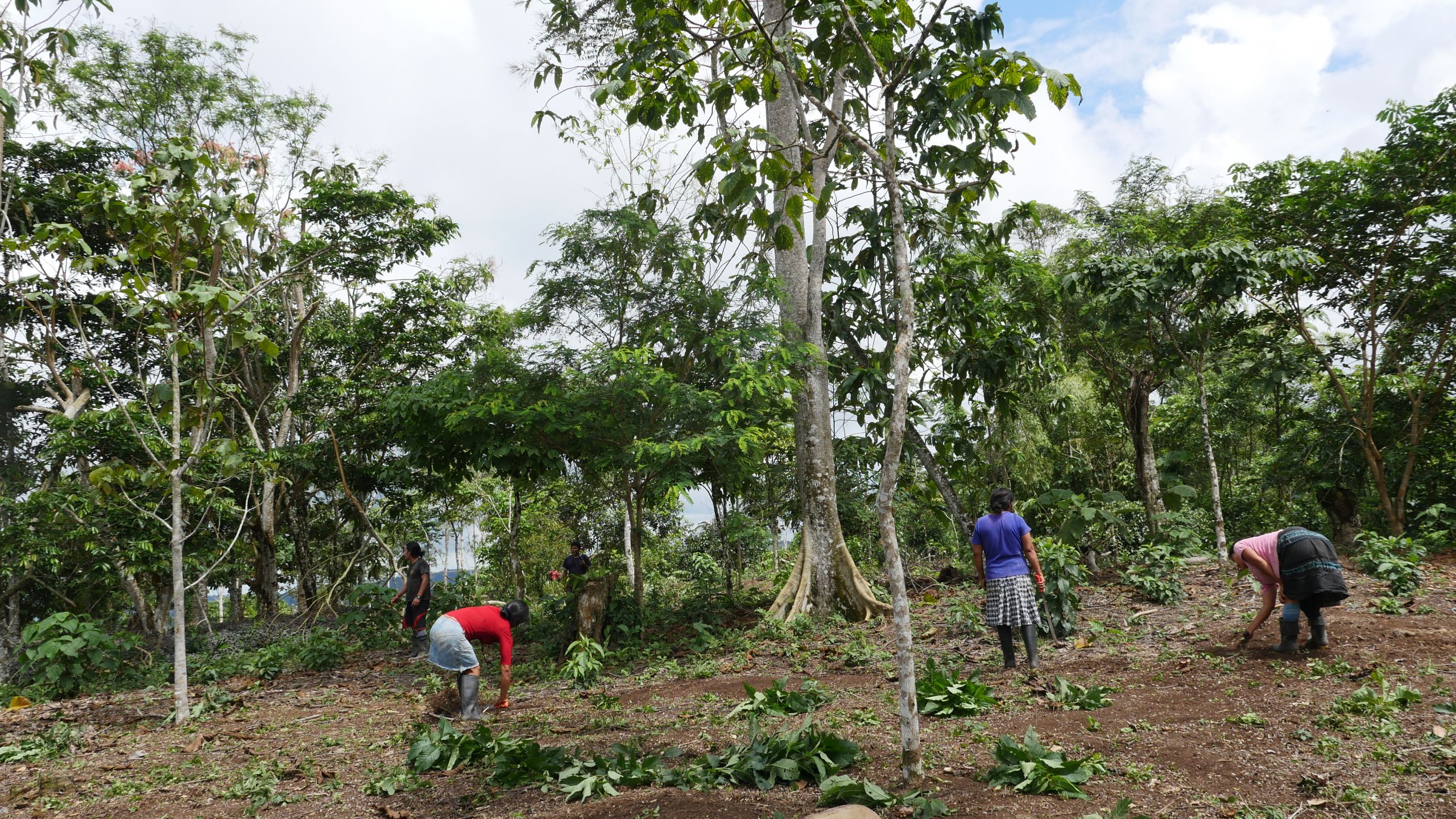
Maintaining natural landscapes, Sisa ñampi. Photo: Pueblo Originario Kichwa de Sarayaku.
Maintaining natural landscapes, Sisa ñampi. Photo: Pueblo Originario Kichwa de Sarayaku.

Aerial view of Sarayaku territory, Puyo, Pastaza, Ecuador. Photo: Pueblo Originario Kichwa de Sarayaku.
Aerial view of Sarayaku territory, Puyo, Pastaza, Ecuador. Photo: Pueblo Originario Kichwa de Sarayaku.
First the pandemic, then floods
The resilience of the Kichwa people of Sarayaku and the strength of the organizational system that they have developed through these initiatives have helped them cope with the recent disasters caused by the COVID-19 pandemic and floods.
On 16 March 2020, the government of Ecuador declared a state of emergency due to COVID-19. A day later, torrential rains hit the Sarayaku territory and the Bobonaza river flooded, causing severe and widespread damage.
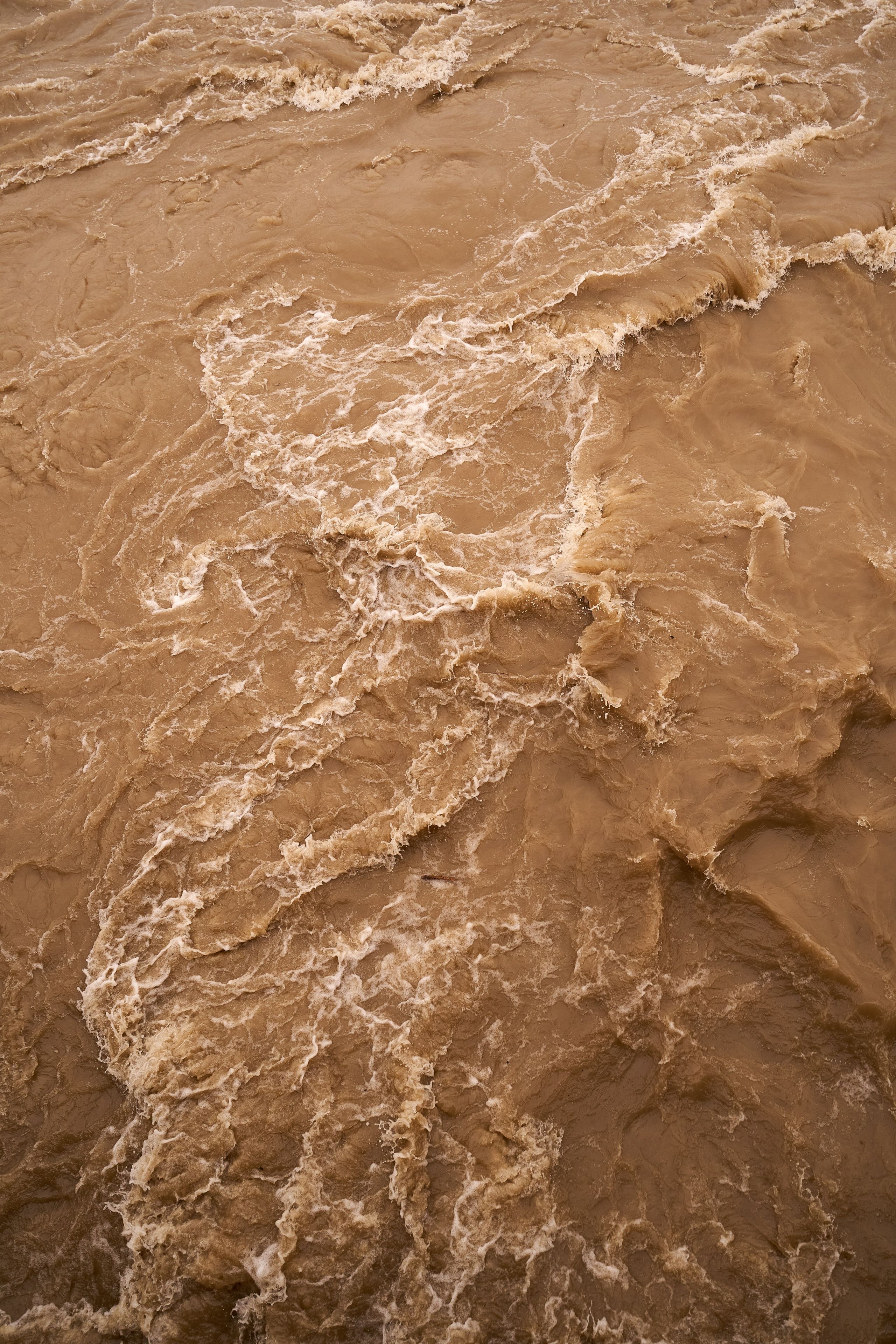
Photo: Wolfgang Hasselmann, Unsplash.com.
“We have never experienced anything like this for 100 years — it is a catastrophe”, said José Gualinga, a distinguished elder and former president of Sarayaku.
In response to this, half of the population effectively isolated themselves in provisional housing used for hunting or fishing, and community leaders distributed food and other essential items.
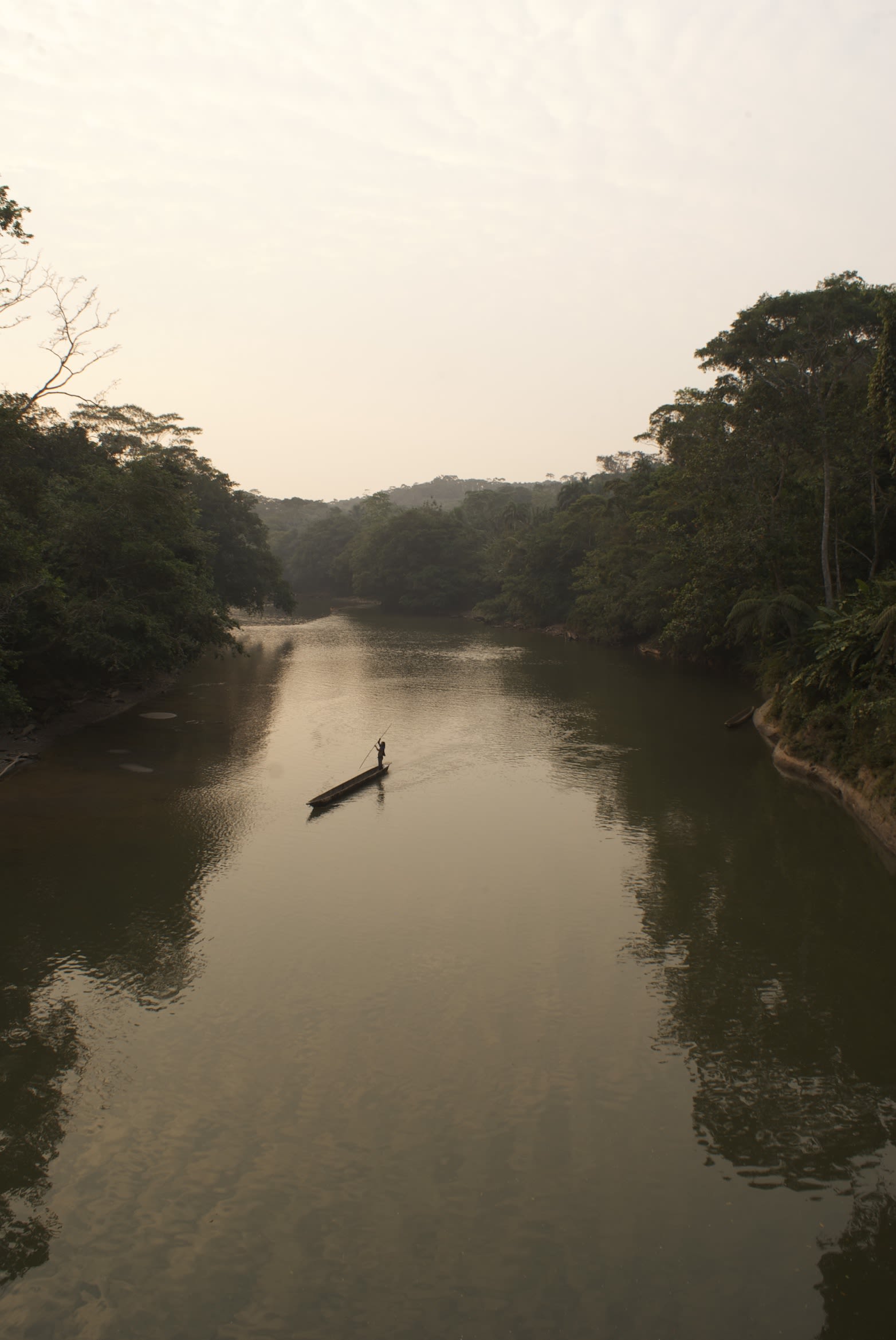
Bobonaza River, Sarayaku. Photo: Pueblo Originario Kichwa de Sarayaku.
Meanwhile, the SGP-supported project provided the communities with personal protective equipment and hygiene products to prevent infections from spreading. In addition, it helped the establishment of security protocols to control movement in the territory and translation of information about COVID-19 to the local language.
The Kichwa people of Sarayaku also tackled the pandemic by rediscovering natural medicines to strengthen their immune and respiratory systems.
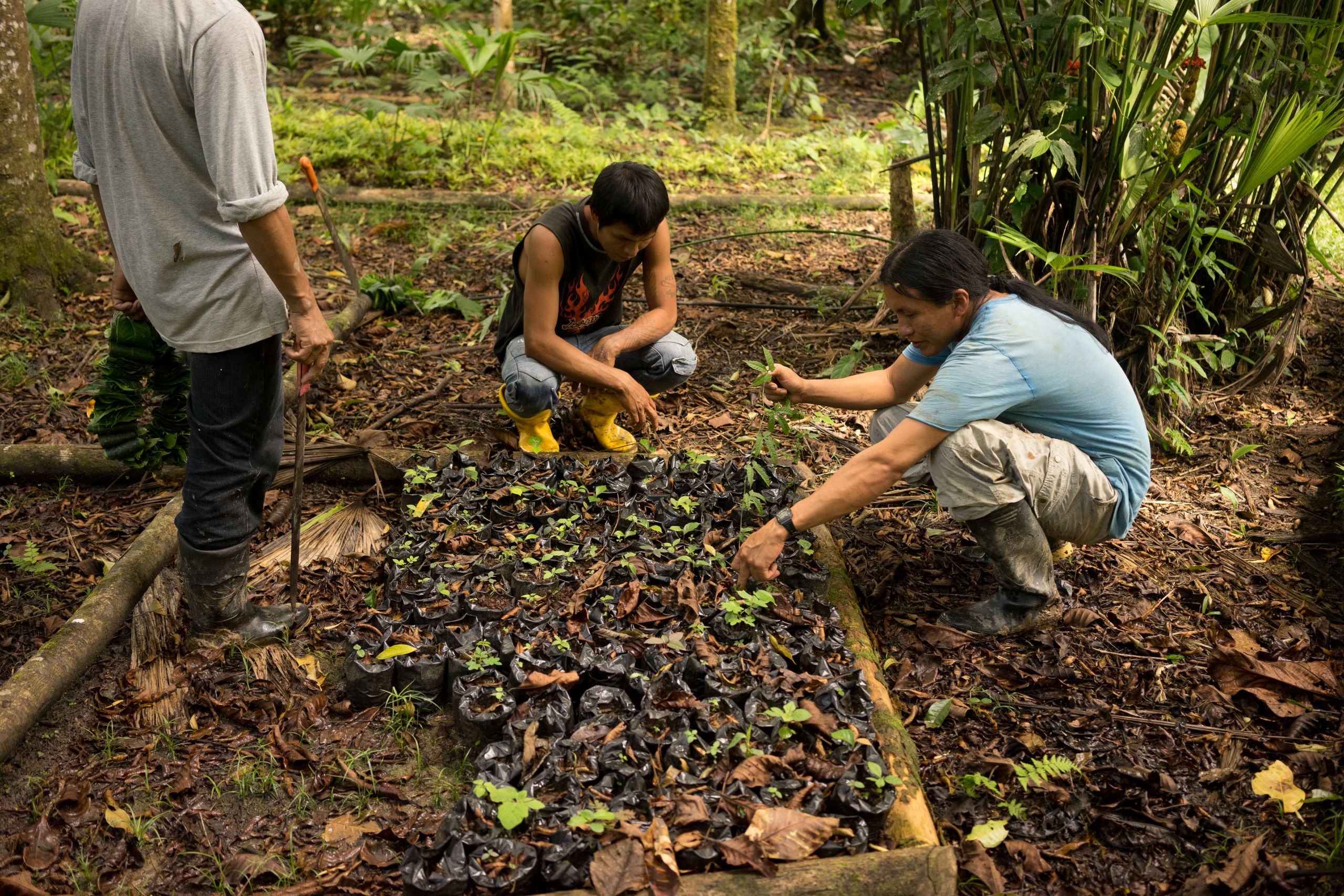
Seedbed planted with medicinal plants. Photo: Pueblo Originario Kichwa de Sarayaku.
Building on this successful work, SGP has been supporting a new project since April 2021 through the ICCA-GSI to revitalize ancestral knowledge for the use and management of traditional medicine in agro-ecosystems among the Kichwa people in Sarayaku.

Photo: Wolfgang Hasselmann, Unsplash.com.
Photo: Wolfgang Hasselmann, Unsplash.com.

Bobonaza River, Sarayaku. Photo: Pueblo Originario Kichwa de Sarayaku.
Bobonaza River, Sarayaku. Photo: Pueblo Originario Kichwa de Sarayaku.

Seedbed planted with medicinal plants. Photo: Pueblo Originario Kichwa de Sarayaku.
Seedbed planted with medicinal plants. Photo: Pueblo Originario Kichwa de Sarayaku.
Children of the jaguar
The Kichwa people of Sarayaku have long been an inspiring example of how local action by Indigenous peoples can generate powerful results that can be scaled up and replicated to address global environmental issues.
In 1992, Ecuador legally recognized 135,000 hectares of land as Sarayaku territory, 95 per cent of which is covered by primary forest with high biodiversity.
Despite this, the government later granted oil exploitation rights in that area to an Argentine company, without consulting the 1,400 Kichwa people that live across seven communities in Sarayaku.
As the oil company entered the territory by force and with military escort, the Kichwa people filed a lawsuit in 2003 at the Inter-American Court of Human Rights (IACHR), where they won in a landmark ruling in 2012.
Having found that the Ecuadorian government was violating the Kichwa’s rights to life, integrity, property ownership, and judicial guarantees, the IACHR made a series of recommendations for reparation and non-repetition measures, but not all of them have been complied with yet.
Nevertheless, with this historic outcome the Kichwa became a symbol of resilience for Indigenous peoples. It also set an important judicial precedent for higher standards of Free, Prior and Informed Consent, which was included in the 2007 UN Declaration on the Rights of Indigenous Peoples as a prerequisite for any activity that affects their ancestral lands, territories, and natural resources.
“We're the Indigenous Kichwa people of Sarayaku. We know our rights and that's why we're defending them … We've come from our distant lands in Sarayaku, from the River of Maize. We're descended from the jaguar, children of Amazanga Runa, sons and daughters of People of the Midday” – members of the Kichwa people of Sarayaku defending their case at the IACHR
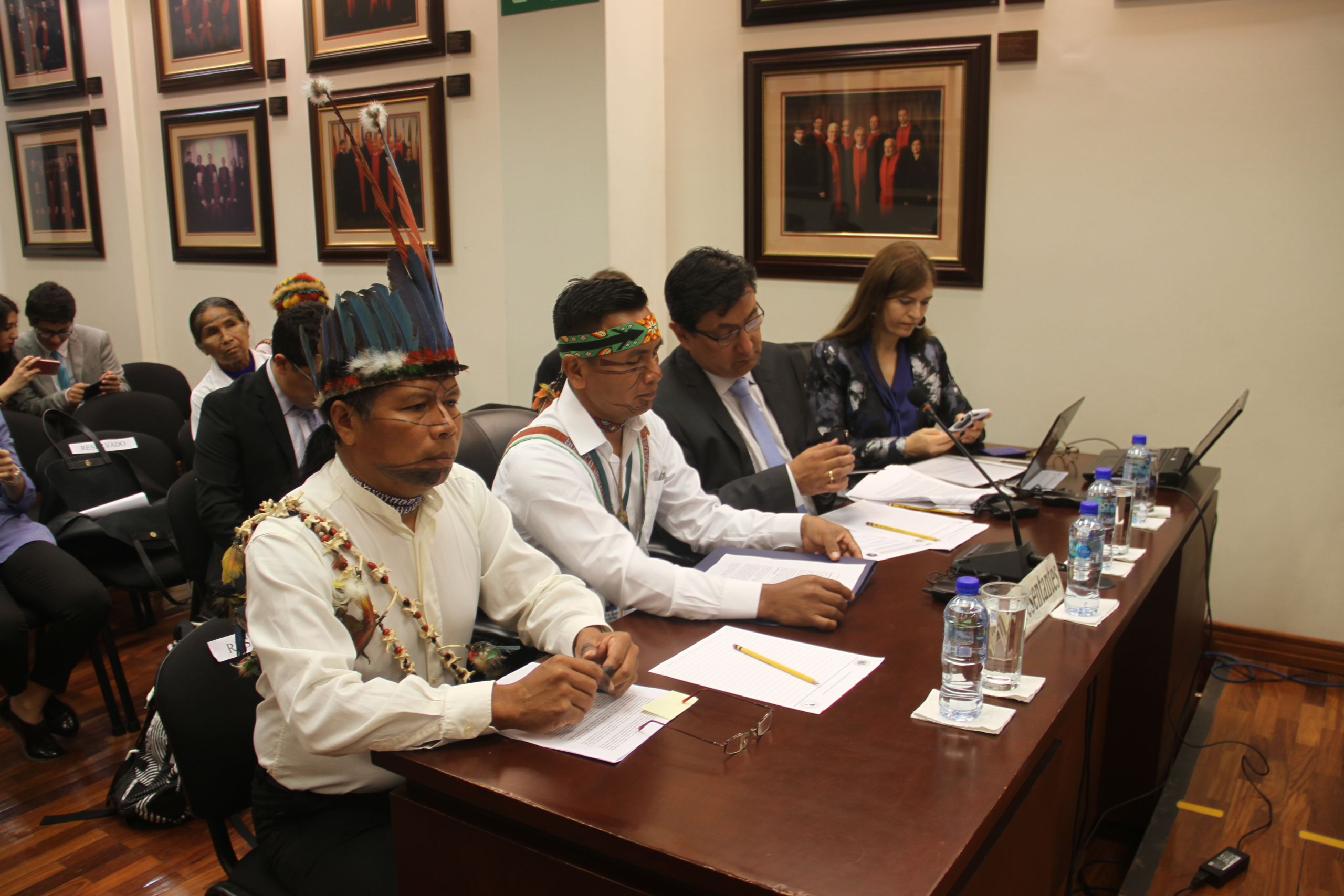
Local action = global impact
Since 1992, SGP has been providing financial and technical support to civil society and community-driven initiatives that address global environmental issues while improving local livelihoods.
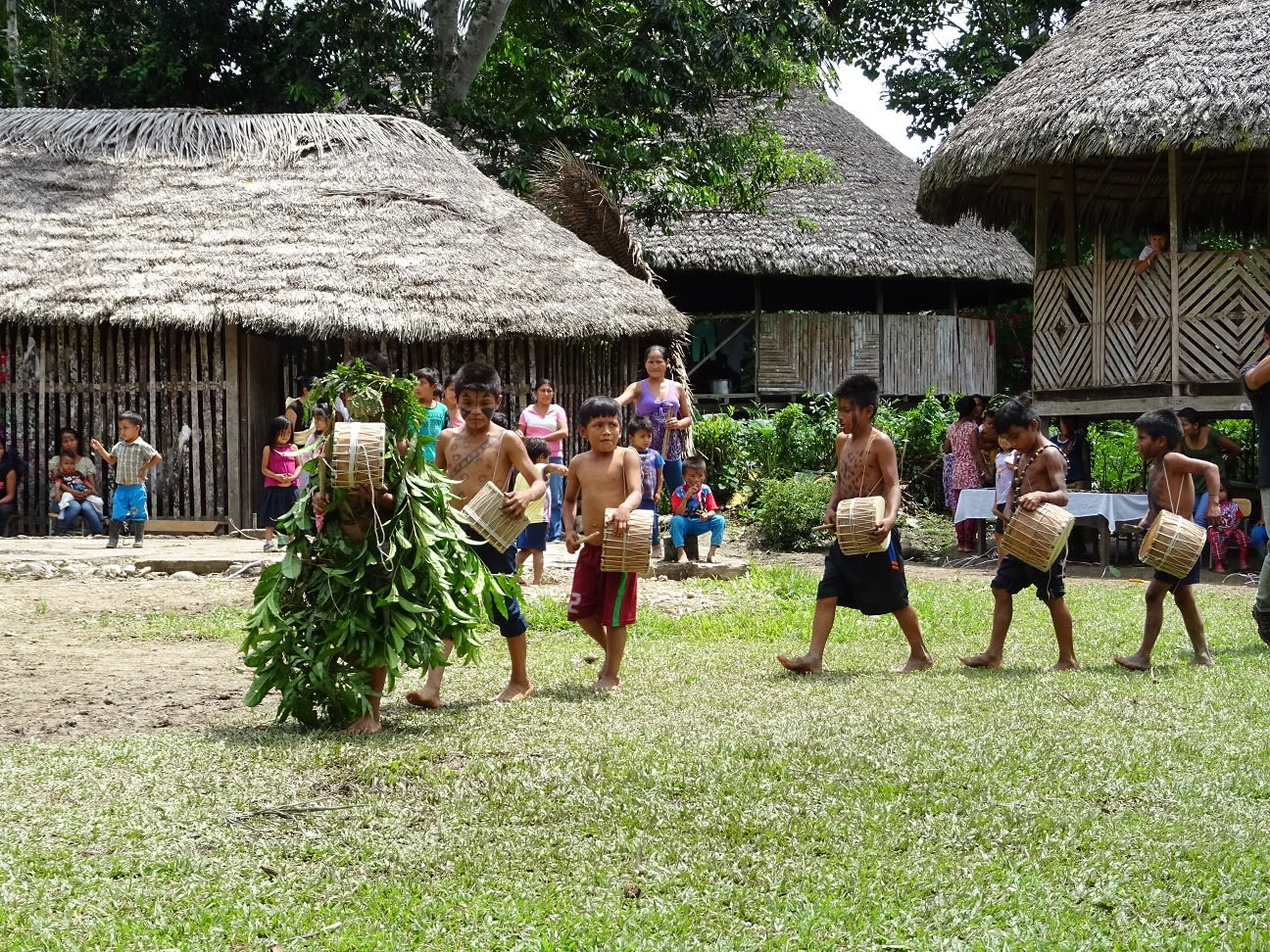
Tayak Wasi school event. Photo: Pueblo Originario Kichwa de Sarayaku.
Many of these innovative local actions have been recognized through the Equator Prize, which was established in 2002 by the Equator Initiative to bring together the UN, governments, civil society, businesses, and grassroots organizations to recognize and advance local sustainable development solutions for people, nature, and resilient communities.
Both of these programmes are key pillars of a broad UNDP portfolio that supports local action at the community level to promote sustainable development and address global environmental issues, especially among the poor and most vulnerable.
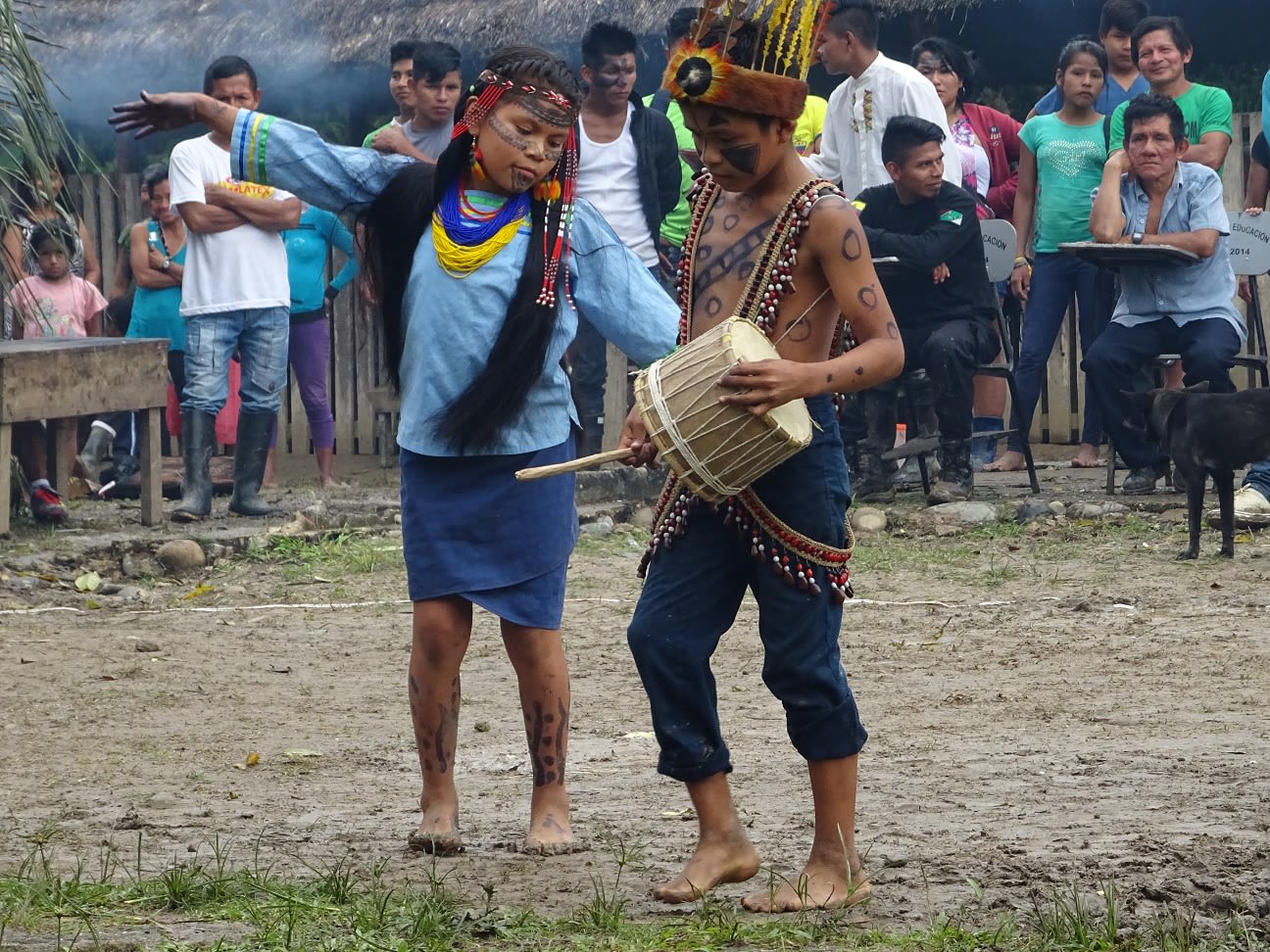
Event marking the Atayak anniversary at Tayak Wasi school. Photo: Pueblo Originario Kichwa de Sarayaku.
UNDP is committed to identify, replicate and accelerate the dissemination and adoption of scalable local solutions for sustainable development, while contributing to the empowerment and repositioning of Indigenous peoples and local communities from beneficiaries to agents of change.
For more information, visit the websites of the Equator Initiative and SGP.
You can also find out more about SGP-supported projects in Ecuador at the country programme’s page (in Spanish).

Tayak Wasi school event. Photo: Pueblo Originario Kichwa de Sarayaku.
Tayak Wasi school event. Photo: Pueblo Originario Kichwa de Sarayaku.

Event marking the Atayak anniversary at Tayak Wasi school. Photo: Pueblo Originario Kichwa de Sarayaku.
Event marking the Atayak anniversary at Tayak Wasi school. Photo: Pueblo Originario Kichwa de Sarayaku.

Story by: Ana Maria Varea, Ana Paula Canestrelli, Andrea Egan, Anna Lisa Jose, Mencha Barrera and Nadya Ochoa
Visual layout: Andrea Egan
Photos: © UNDP Ecuador, SGP Ecuador, Pueblo Originario Kichwa de Sarayaku, and others as noted.
Header photo: Young girl of the Kichwa community. Photo: Pueblo Originario Kichwa de Sarayaku.
Location: Puyo, Pastaza, Ecuador
